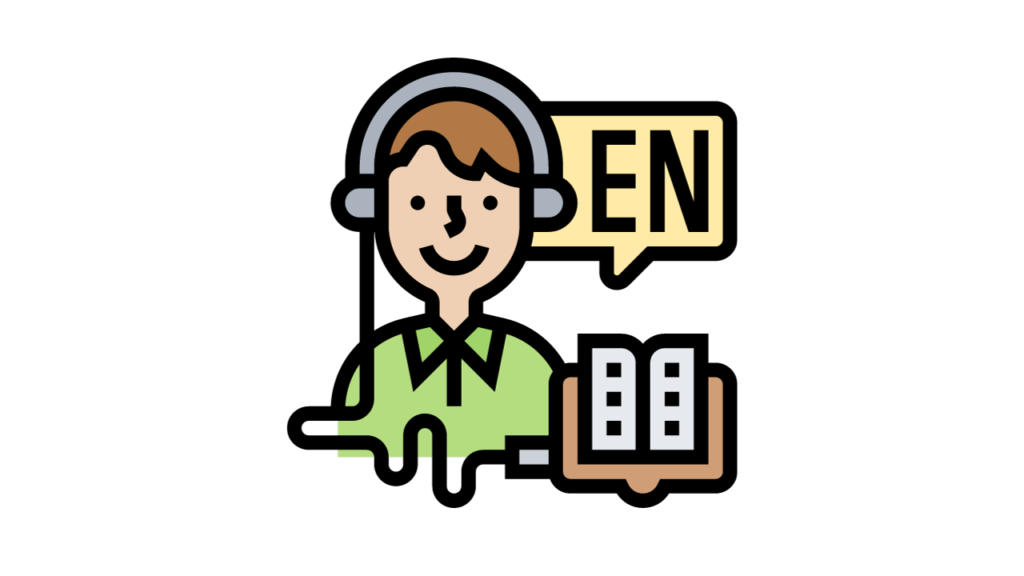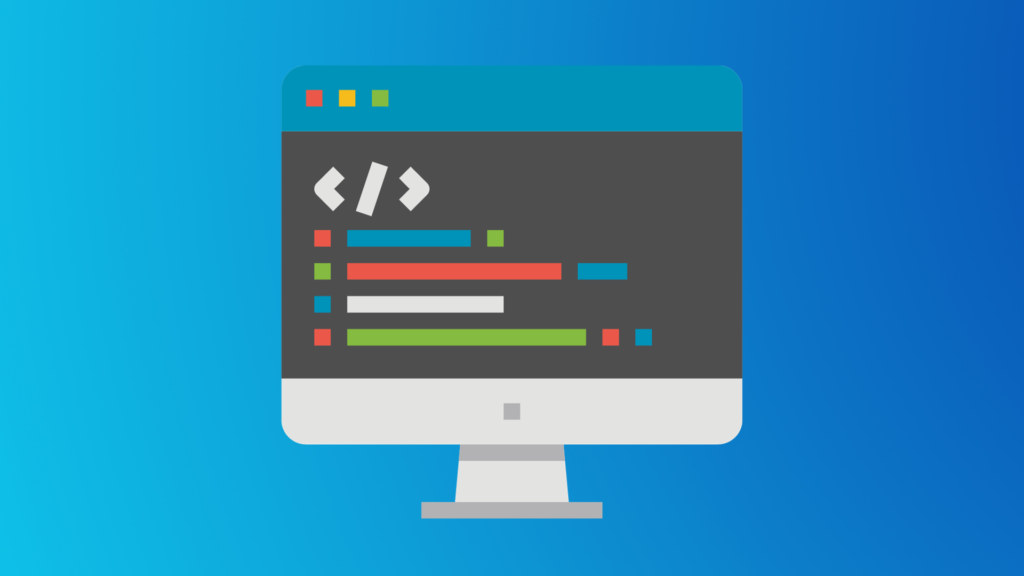Introduction
Plagiarism checking is a crucial step in ensuring the originality and integrity of your own work. In this article, we will delve into the world of plagiarism checking and explore how you can build your online tool to detect and prevent plagiarism.

Importance of Plagiarism Checking
Plagiarism, the act of using someone else’s work or ideas without giving them proper credit, can have detrimental effects on both your academic and professional journey. It has the potential to tarnish your reputation, leading to a loss of trust from peers and colleagues. Moreover, it can result in legal consequences, as intellectual property rights are protected by law.
In educational settings, it can lead to severe penalties such as expulsion, while in the professional world, it can result in job termination. To avoid these dire consequences, utilizing a plagiarism checker becomes crucial. By employing this tool, you can identify any instances of unintentional or deliberate plagiarism in your work, allowing you to rectify them before submission.
This proactive approach demonstrates your unwavering commitment to upholding academic and professional integrity, ensuring that your work is original and properly attributed.
Different Types of Plagiarism
Plagiarism, which is the act of using someone else’s work or ideas without giving proper credit, is considered a serious offense in both academic and professional settings. It is crucial to be aware of the various types of plagiarism in order to avoid unintentionally committing this ethical and academic offense. Here are some different types of plagiarism that individuals should be mindful of:

- Copying verbatim: This type of plagiarism is perhaps the most blatant and obvious form. It occurs when someone directly copies and pastes text from a source without making any changes or acknowledging the original author.
- Paraphrasing without citation: Paraphrasing involves rephrasing someone else’s work using your own words. However, if you fail to provide a proper citation to the original source, it still falls under the umbrella of plagiarism.
- Patchwriting: Patchwriting is a type of plagiarism that often occurs when individuals attempt to paraphrase a source but inadvertently end up using too many original words or phrases. This unintentional replication of the original text can still be considered plagiarism.
- Self-plagiarism: Self-plagiarism is a unique form of plagiarism that arises when individuals submit their previous work or parts of it as new work without proper citation or acknowledgment. Even if you are the author of the original work, it is important to provide proper attribution to avoid any ethical concerns.
- Mosaic plagiarism: Mosaic plagiarism involves a combination of copying and paraphrasing from multiple sources without providing proper attribution. It entails taking bits and pieces from different sources and stitching them together as if they were your own work. This type of plagiarism is particularly deceptive as it attempts to mask the act of copying.
- Citation errors: Incorrectly citing sources or omitting citations altogether is another form of plagiarism. It is crucial to adhere to the appropriate citation style and provide accurate information for all sources used. Failing to do so can result in unintentional plagiarism.
- Ghostwriting: Ghostwriting occurs when someone else writes a piece of work on your behalf, but you present it as your own. This can include hiring someone to write an essay or paper for you without acknowledging their contribution. Ghostwriting is a clear violation of academic integrity.
Understanding the different types of plagiarism is essential in order to avoid any unintentional ethical breaches. By properly attributing sources and citing them according to the required guidelines, individuals can ensure that they are giving credit where credit is due and upholding the principles of academic honesty. It is important to remember that plagiarism can have severe consequences, both personally and professionally, and should be avoided at all costs.
How Plagiarism Checkers Work
Plagiarism checkers utilize advanced algorithms and databases to compare your work against a vast collection of sources, including online articles, books, journals, and other documents. These tools analyze the text for similarities, identify matching phrases, and generate a plagiarism report highlighting any potential instances of plagiarism. Some plagiarism checkers even provide a similarity score to indicate the percentage of text that matches other sources. Understanding how plagiarism checkers work is essential for building your own online tool.
Benefits of Using a Plagiarism Checker
Using a plagiarism checker offers several benefits. Firstly, it ensures the originality of your work, giving you peace of mind and confidence in its authenticity. Secondly, it helps you avoid accidental plagiarism by highlighting any similarities that may have been unintentional. Thirdly, it saves you time and effort by automatically checking your work against numerous sources, eliminating the need for manual comparison. Additionally, many plagiarism checkers provide detailed reports and suggestions for improvement, allowing you to enhance the quality of your work.
Step-by-Step Guide to Building Your Own Online Plagiarism Checker Tool
Building your own online plagiarism checker tool can be a great project for developers and educators alike. It allows you to have control over the accuracy and functionality of the tool, as well as the ability to customize it to your specific needs.:
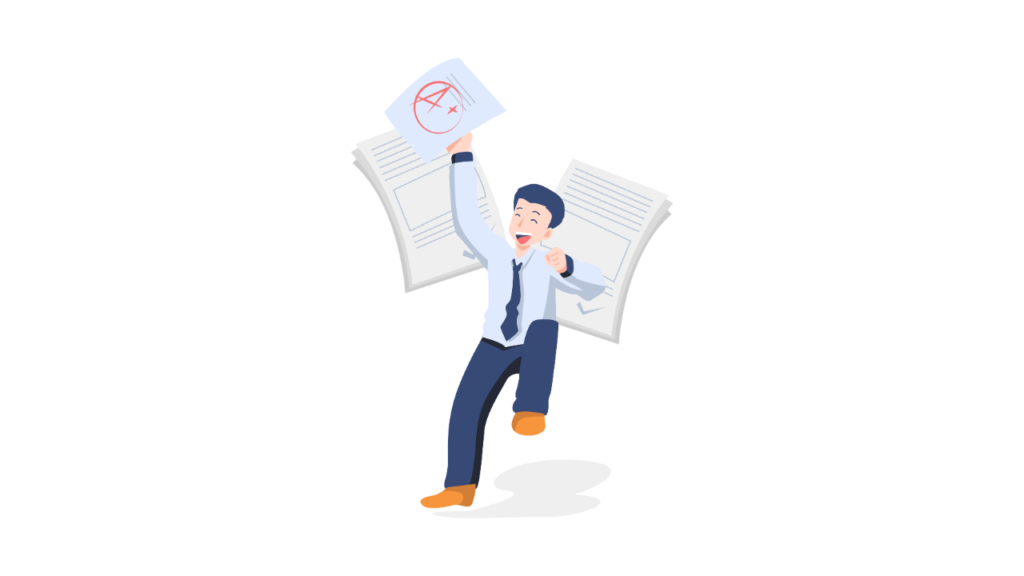
- Define the Purpose and Scope
- Determine the main objective of your plagiarism checker tool. Will it be used for educational purposes, content creation, or both?
- Decide on the features you want to include, such as text comparison, plagiarism detection algorithms, and reporting capabilities.
- Choose the Development Platform:
- Select a programming language and framework that suits your expertise and project requirements.
- Popular choices include Python with Django or Flask, PHP with Laravel, or Java with Spring.
- Design the User Interface:
- Create a clean and intuitive interface that allows users to input text, view results, and access additional features.
- Consider incorporating user authentication and registration to provide a personalized experience.
- Implement the Plagiarism Detection Algorithm:
- Research and choose a plagiarism detection algorithm that suits your needs. Common algorithms include string matching, fingerprinting, and document similarity analysis.
- Implement the algorithm in your chosen programming language, ensuring accuracy and efficiency.
- Integrate Text Comparison Mechanism:
- Develop a mechanism to compare the input text against a database of existing content. This could involve web scraping, API integration, or using pre-existing datasets.
- Ensure the tool can handle large volumes of data for efficient and reliable plagiarism detection.
- Generate Comprehensive Reports:
- Design a reporting system that presents the plagiarism results in a clear and concise manner.
- Include detailed information such as the percentage of similarity, highlighted plagiarized sections, and references to the original sources.
- Test and Debug:
- Thoroughly test your plagiarism checker tool to ensure it is functioning correctly and providing accurate results.
- Debug any issues or errors that arise during testing, and make necessary improvements to enhance performance.
- Deploy and Maintain:
- Choose a hosting provider and deploy your plagiarism checker tool on a reliable server.
- Regularly update and maintain the tool to ensure it remains secure and up to date with the latest plagiarism detection techniques.
By following this step-by-step guide, you can create your own online plagiarism checker tool that meets your specific requirements. Remember to continuously improve and update the tool to stay ahead in the fight against plagiarism.
Choosing the Right Programming Language and Tools
When it comes to selecting the most suitable programming language for the creation of an online plagiarism checker tool, there are a number of important factors that need to be taken into consideration. To ensure that you make an informed decision, here are some key points that you should keep in mind:
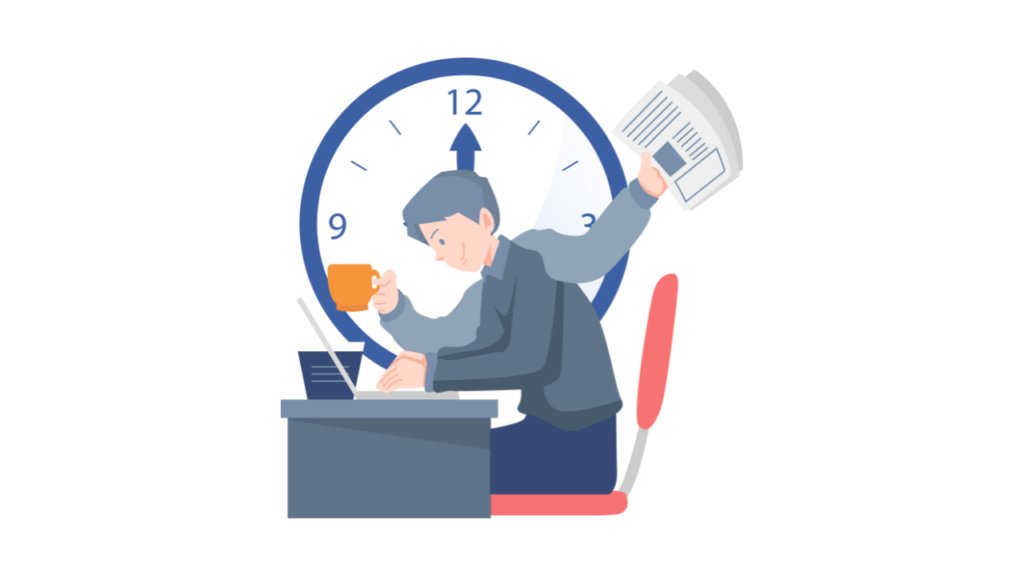
- Functionality: It is crucial to carefully evaluate the functionality and features that are required for the plagiarism checker. This involves considering whether the programming language under consideration has the necessary libraries or frameworks that can effectively support these functionalities.
- Performance: Another important aspect to consider is the performance of the programming language. It is essential to choose a language that is capable of efficiently handling large amounts of data and processing it quickly. This entails taking into account factors such as the language’s speed, memory management capabilities, and scalability.
- Ease of Use: Opting for a programming language that you and your team are already familiar with, or can easily learn, is highly recommended. This will ensure a smooth development process and make maintenance easier in the long run.
- Community Support: The availability of resources, documentation, and a supportive community for the chosen programming language should also be taken into account. This will prove invaluable when it comes to troubleshooting issues and finding solutions quickly.
- Integration: It is important to determine whether the programming language can seamlessly integrate with other tools and technologies that you plan to use in conjunction with your plagiarism checker. Compatibility with databases, APIs, and other systems is of utmost importance.
- Security: Ensuring the security of sensitive user data is a top priority. Therefore, it is essential to choose a programming language that offers robust security features and follows secure coding practices. This includes looking for encryption capabilities and input validation mechanisms.
- Scalability: Considering the potential growth and scalability of your plagiarism checker is crucial. It is important to select a programming language that can handle increasing user traffic and data without compromising on performance.
By carefully considering these factors, you will be able to select the most appropriate programming language that aligns with your requirements and enables you to develop a reliable and efficient online plagiarism checker tool.
Designing the User Interface
Designing the User Interface of a Plagiarism Checker Online Tool:

- Simplify the registration process: Make it easy for users to create an account by minimizing the number of steps required. Use a clean and intuitive interface with clear instructions to guide users through the process.
- Intuitive search functionality: Implement a search bar prominently on the homepage, allowing users to easily input text or upload files for plagiarism checking.
- Clear and concise results: Present the plagiarism results in a user-friendly manner, highlighting the percentage of similarity and providing a detailed breakdown of matched sources.
- User customization options: Give users the ability to adjust settings such as the sensitivity level of the plagiarism checker and the option to exclude specific sources from the search.
- Integration with popular tools: Provide seamless integration with widely used platforms like Microsoft Word or Google Docs, allowing users to directly check for plagiarism within their preferred writing environment.
- Mobile-friendly design: Ensure that the user interface is responsive and optimized for mobile devices, allowing users to access the plagiarism checker tool on the go.
- Informative tooltips and help sections: Include tooltips and contextual help sections throughout the interface to assist users in understanding the features and functionalities of the plagiarism checker tool.
- Clear navigation and user flow: Streamline the user journey by designing an intuitive navigation system that guides users through the different sections of the tool, making it easy for them to locate and utilize the desired features.
- Visual cues and feedback: Use visual cues such as progress bars, loading animations, and success indicators to provide users with real-time feedback and a sense of control over the plagiarism checking process.
- Consistent branding and visual design: Maintain a consistent visual identity throughout the user interface, using appropriate colors, typography, and graphics that align with the branding of the plagiarism checker tool.
Implementing the Plagiarism Detection Algorithm
The heart of your plagiarism checker lies in the plagiarism detection algorithm. This algorithm analyzes the input text and compares it to a database of sources to identify any instances of similarity or plagiarism. It’s crucial to choose an algorithm that strikes a balance between accuracy and efficiency.
Popular algorithms for plagiarism detection include n-gram analysis, vector space models, and latent semantic analysis. Implementing and fine-tuning the algorithm will require expertise in text processing and data analysis.
Testing and Optimizing Your Plagiarism Checker
Before launching your plagiarism checker tool, thorough testing is essential to ensure its accuracy and reliability. Create a comprehensive test plan that includes various types of plagiarized and non-plagiarized texts.
Use different input formats and test scenarios to cover a wide range of potential use cases. Analyze the results and make any necessary adjustments to optimize the performance of your plagiarism checker.
Additional Features to Consider for Your Plagiarism Checker
When choosing a plagiarism checker, there are several additional features you should consider to ensure you get the most out of your tool.
- Advanced Detection Algorithms: Opt for a plagiarism checker that uses advanced detection algorithms to accurately identify any instances of plagiarism. This will ensure that even subtle similarities are flagged, providing you with comprehensive results.
- Multiple File Formats: Look for a tool that supports various file formats, such as Word documents, PDFs, and HTML files. This will enable you to check plagiarism in different types of content, making the tool more versatile.
- Bulk Checking: If you frequently need to check multiple documents or large amounts of text, choose a plagiarism checker that offers bulk checking. This feature allows you to upload multiple files or copy and paste a large amount of text for simultaneous scanning, saving you time and effort.
- Citation and References Check: Some plagiarism checkers provide a citation and references check feature, which verifies if the sources used in a document are properly cited. This can be extremely helpful for academic writing, ensuring that you maintain the integrity of your work.
- Grammar and Spell Check: Consider a plagiarism checker that includes a grammar and spell check feature. This can help you identify and correct any errors in your content, ensuring that your writing is not only original but also free from grammatical and spelling mistakes.
- Plagiarism Report: Look for a tool that generates a detailed plagiarism report after each scan. This report should highlight the areas of your document that contain plagiarized content, providing you with valuable insights and allowing you to make the necessary corrections.
- User-Friendly Interface: Choose a plagiarism checker with a user-friendly interface that is easy to navigate. This will make the tool more accessible and intuitive to use, even for those who are not technically inclined.
- Integration with Other Tools: Consider a plagiarism checker that integrates with other writing tools you frequently use. This can include popular word processors, content management systems, or even grammar checking tools, allowing for a seamless workflow and enhanced productivity.
By considering these additional features, you can ensure that the plagiarism checker you choose aligns with your needs and provides a comprehensive solution for detecting and addressing plagiarism in your content.
Top 10 free and paid Plagiarism Checker
When it comes to checking for plagiarism, there are several options available, both free and paid. If you’re looking for a free plagiarism checker, there are a variety of reliable choices to consider. Here are the top 10 plagiarism checkers that can help you ensure the originality of your content:
Free Plagiarism Checkers:

- Grammarly: Grammarly is a popular online writing assistant that offers a free plagiarism checker. With Grammarly, you can easily scan your text for potential matches on the web and it will highlight any portions that may be plagiarized. This tool is widely used and trusted by many writers and students alike.
- Quetext: Another reliable option for a free plagiarism checker is Quetext. This tool provides a detailed report on the percentage of originality in your text. It also offers a side-by-side comparison of your content with the matched sources, allowing you to easily identify any similarities.
- SmallSEOTools: SmallSEOTools is a well-known platform that offers a free plagiarism checker. With this tool, you can check your content for duplicate text and it will provide you with a percentage of uniqueness. It also highlights any potential matches found, giving you a clear overview of the originality of your work.
- Copyscape: Copyscape is a widely used plagiarism checker that offers both free and paid options. The free version allows you to check your content against the web for potential matches. This tool is particularly popular among website owners and bloggers who want to ensure the uniqueness of their online content.
- Plagscan: Plagscan is another free plagiarism checker that provides a detailed report on the originality of your text. It offers a side-by-side comparison and highlights any potential matches. This tool is often used by educators and students to check the authenticity of academic papers.
Now, if you’re willing to invest in a paid plagiarism checker, there are also some excellent options available. These paid tools often offer more advanced features and comprehensive reports. Here are a few worth considering:
Paid Plagiarism Checkers:
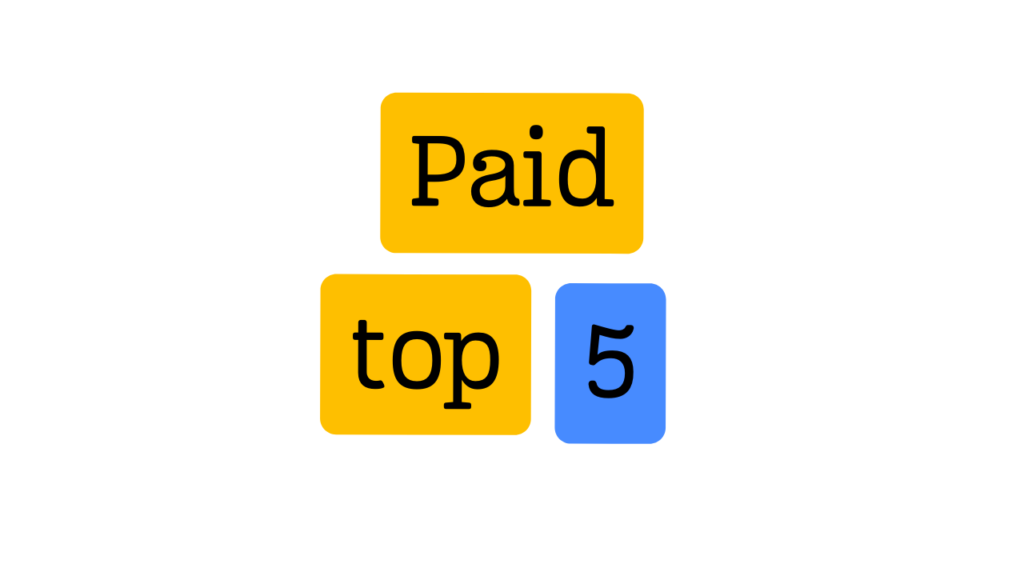
- Turnitin: Turnitin is a popular paid plagiarism checker that is widely used by educational institutions. It provides a comprehensive report on the originality of your text and offers advanced features for checking academic papers. Many universities and colleges rely on Turnitin to ensure the integrity of student submissions.
- Scribbr: Scribbr is a paid plagiarism checker that is specifically tailored for academic writing. It offers a detailed report on the originality of your text and provides suggestions for improving your writing. This tool is highly recommended for students and researchers who need to submit plagiarism-free papers.
- Plagiarism Checker X: Plagiarism Checker X is a paid plagiarism checker that allows you to check your content against multiple sources. It provides a percentage of similarity and highlights any potential matches. This tool is often used by professionals and content creators who want to ensure the uniqueness of their work.
- DupliChecker: DupliChecker is another paid plagiarism checker that offers a comprehensive report on the originality of your text. It allows you to check multiple documents simultaneously and provides a detailed comparison. This tool is particularly useful for businesses and organizations that deal with a large volume of content.
- Unicheck: Unicheck is a paid plagiarism checker that offers advanced features for checking academic papers. It provides a detailed report on the originality of your text and offers suggestions for improvement. This tool is highly recommended for educators and students who want to maintain academic integrity.
These are just some of the top free and paid plagiarism checkers available. Depending on your specific needs and requirements, you can choose the one that suits you best. Whether you opt for a free or paid option, using a plagiarism checker is essential to ensure the originality and integrity of your work. So, take advantage of these tools and make sure your content is plagiarism-free!
Conclusion
Building your own online plagiarism checker tool can be a rewarding and educational experience. It allows you to gain a deeper understanding of plagiarism detection algorithms and contribute to the fight against academic and professional dishonesty. By following the step-by-step guide provided in this article, you can create a reliable and user-friendly tool that promotes integrity and originality in writing.
Remember, the purpose of a plagiarism checker is not to catch individuals in the act of plagiarism but to educate and prevent it. By empowering writers with the knowledge and tools to detect and correct instances of plagiarism, we can foster a culture of honesty and authenticity in academia and beyond.
10 FAQs about Plagiarism Checkers
Is it possible to fool a plagiarism checker?
Can a plagiarism checker detect paraphrasing?
Can I use a plagiarism checker for free?
How accurate are plagiarism checkers?
Can a plagiarism checker detect self-plagiarism?
More FAQs
Can a plagiarism checker detect plagiarism in images or videos?
How long does it take to check a document with a plagiarism checker?
Can I build a plagiarism checker without programming knowledge?
Can a plagiarism checker be integrated into a learning management system?
Are plagiarism checkers foolproof?
What is Plagiarism Tool Free Guide Top 10 Plagiarism Tools. Manglastubh By Ankit Akolkar. Search on Google Free Online Courses.

Welcome to Manglastubh By Ankit Akolkar. Manglastubh website is designed and developed for all kinds of Knowledge-Based Blogs and Articles. Everyone will gain knowledge over here from this website.





